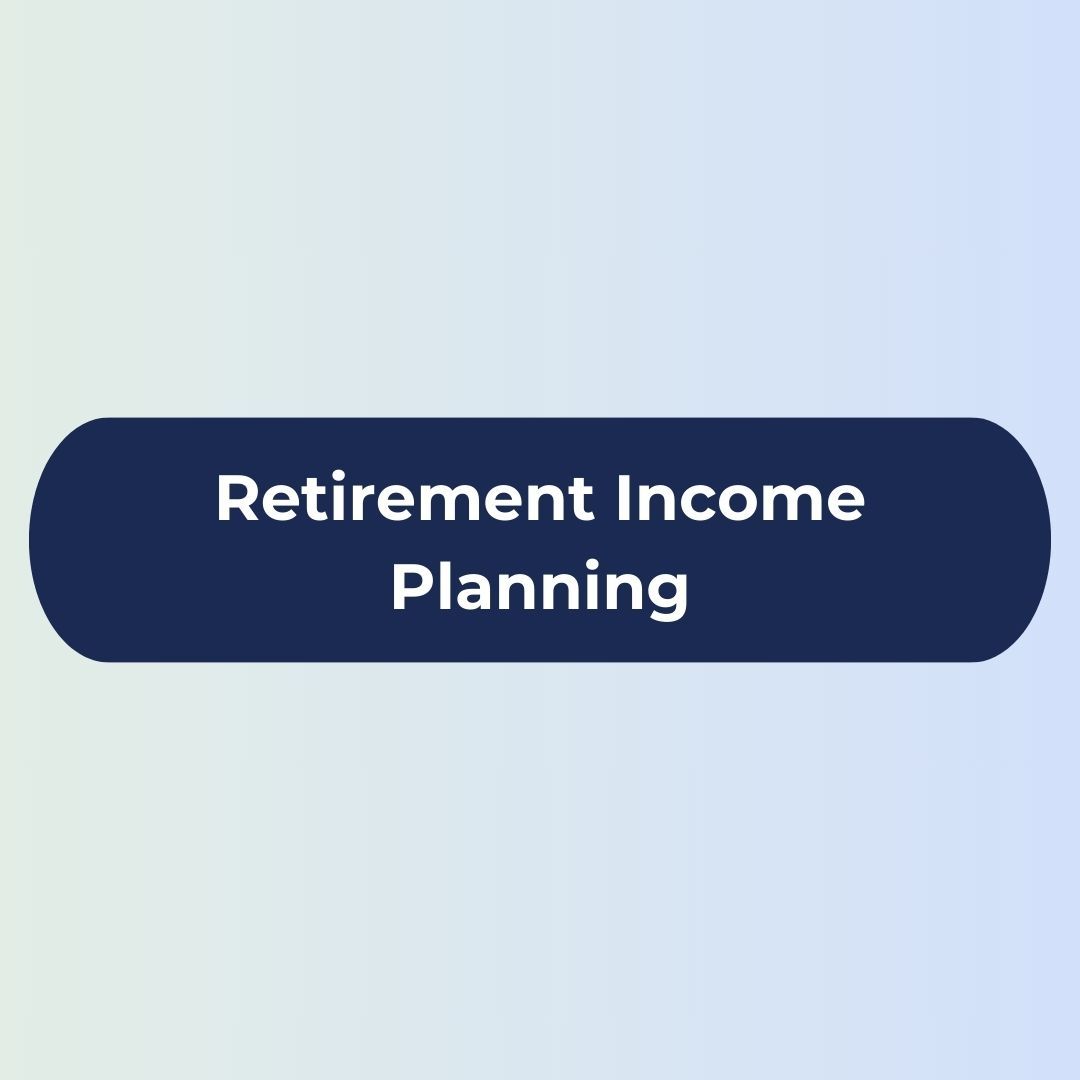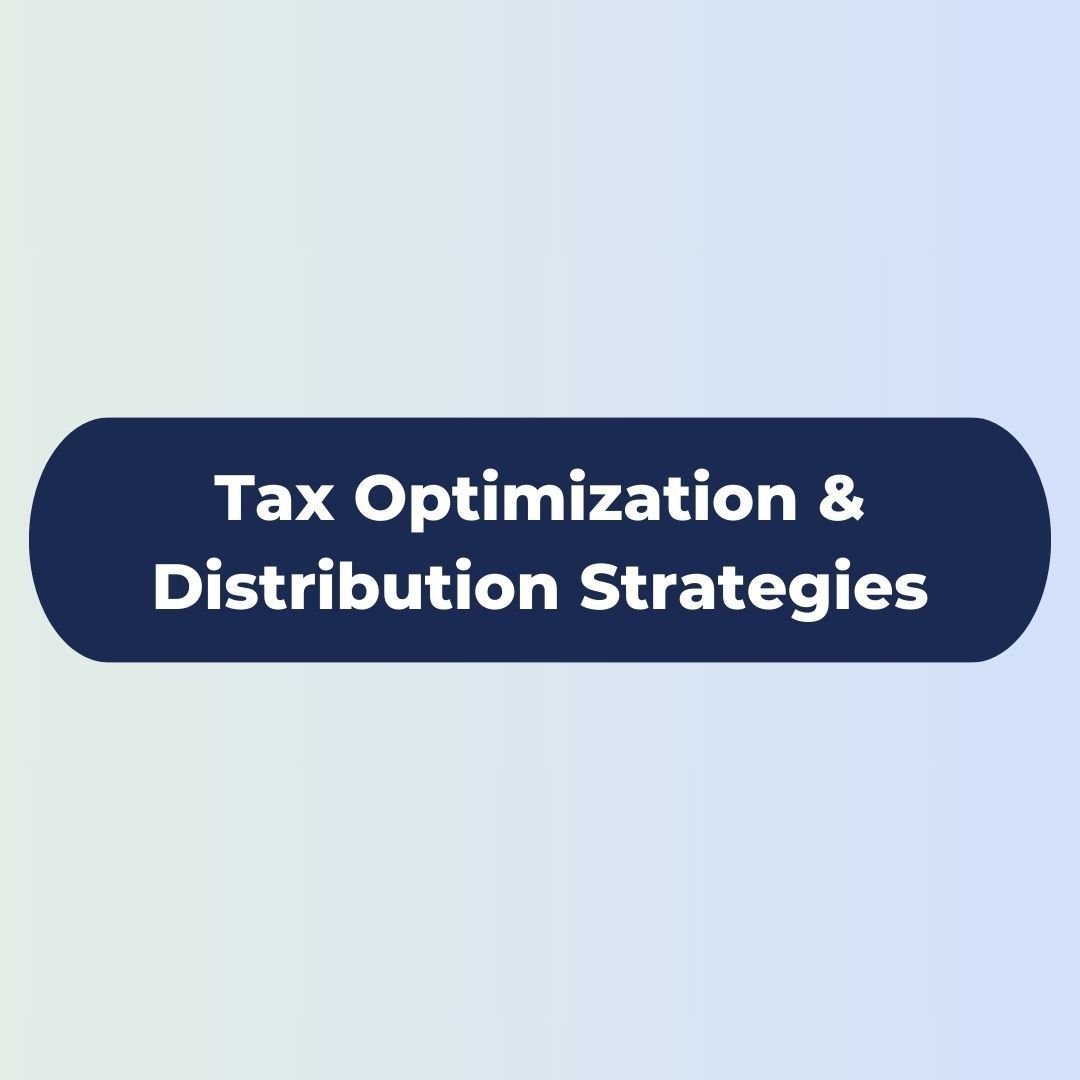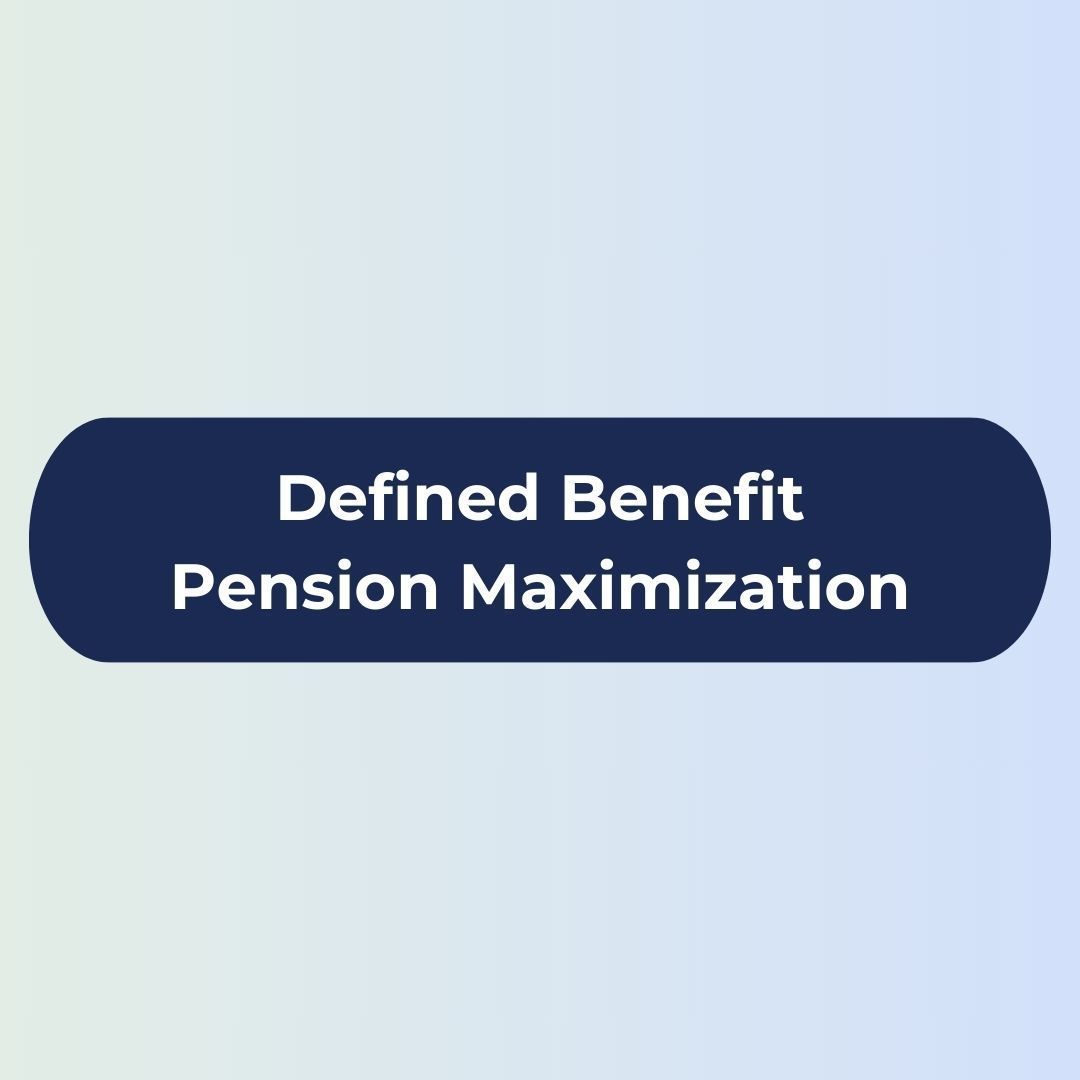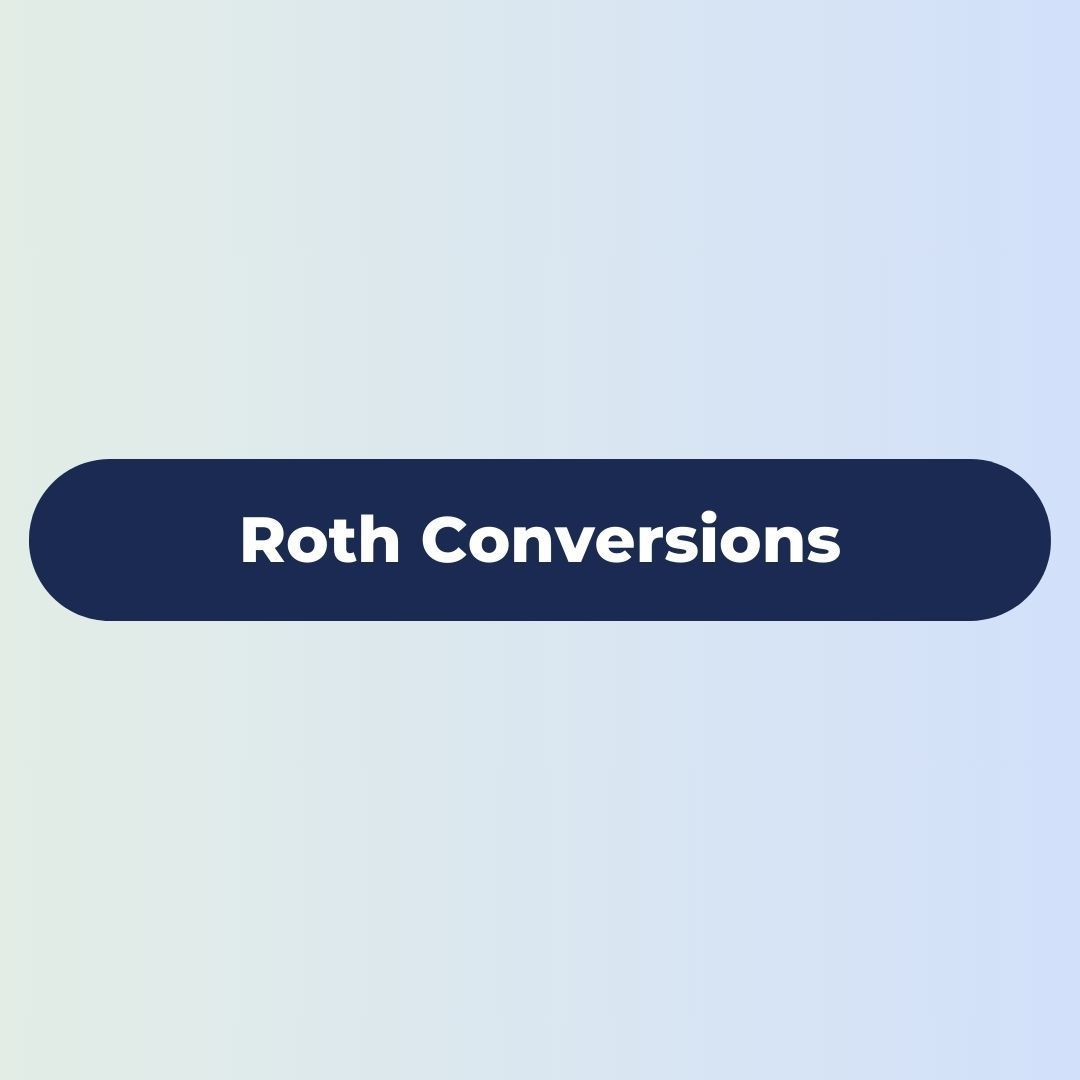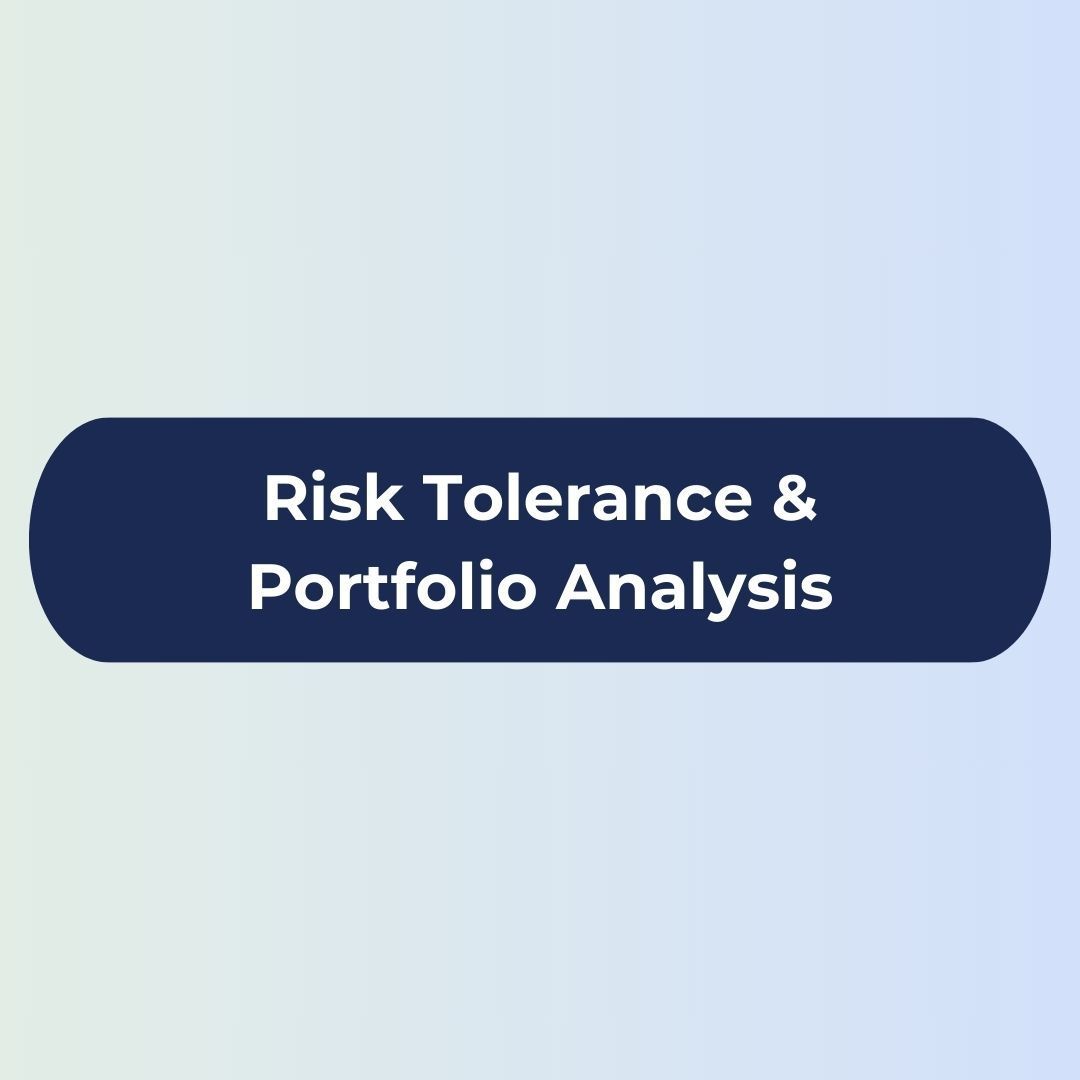New Paragraph
Bowman Financial Strategies
Defined Benefit
Pension Maximization.
Defined benefit pension maximization services
in Englewood, Colorado
Defined Benefit Pension Maximization
If you don’t already know them, you might want to look into the differences between a defined-contribution plan—such as a 401(k)—and a defined-benefit pension plan. Defined benefit pensions are rarer these days, but they do still exist. If you have a defined benefit pension, you need to understand how it works, and what the rules are as it relates to your retirement income plan.
A defined-benefit pension plan, provides a specified payment amount. They are also employer-sponsored, which means the employer, not the employee, is responsible for the investment risks associated with the plan. For a defined-contribution plan, the employee is responsible.¹
Because defined benefit pensions are guaranteed by the employer, they require a complex administration, including insurance and actuarial projections; this has made them almost completely obsolete as employers move toward defined-contribution plans like 401(k)s.¹
Beyond these distinctions, defined-benefit plans also have different ways that employees can receive their payments in retirement. There could be lump-sum payments or payments available over time. There is the U.S. federal government, which insures defined-benefit pensions; there are tax considerations and much more.
A financial adviser might be able to help you navigate your defined benefit pension if you have one as part of your retirement income plan.
¹ Lawrence Pines, “Understanding the Rules for Defined-Benefit Pension Plans,” Investopedia, accessed March 9, 2020, https://www.investopedia.com/articles/credit-loans-mortgages/090816/understanding-rules-defined-benefit-pension-plans.asp


